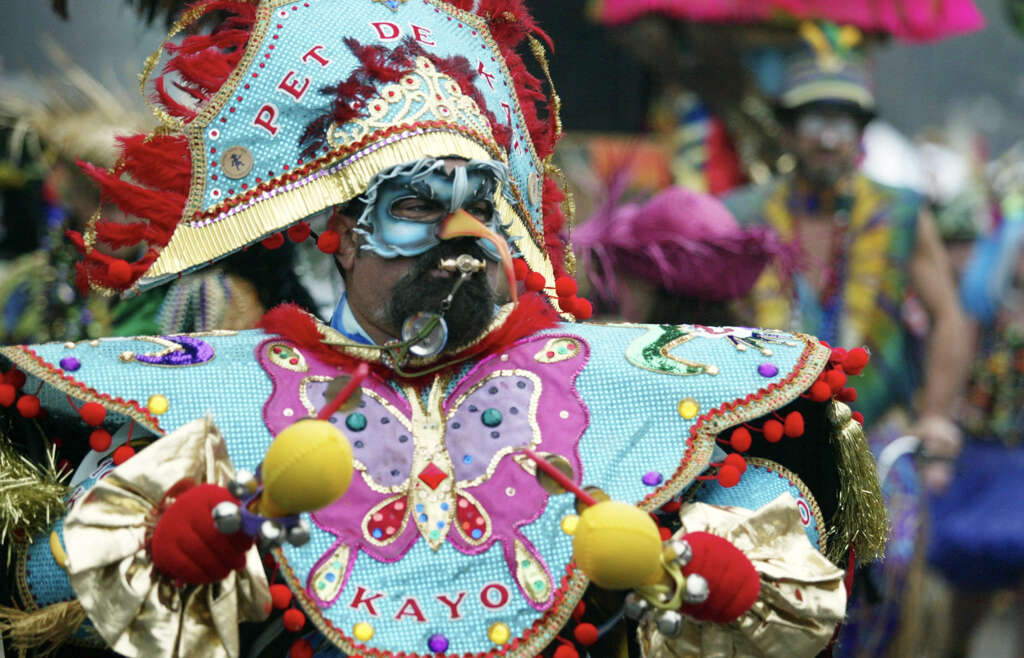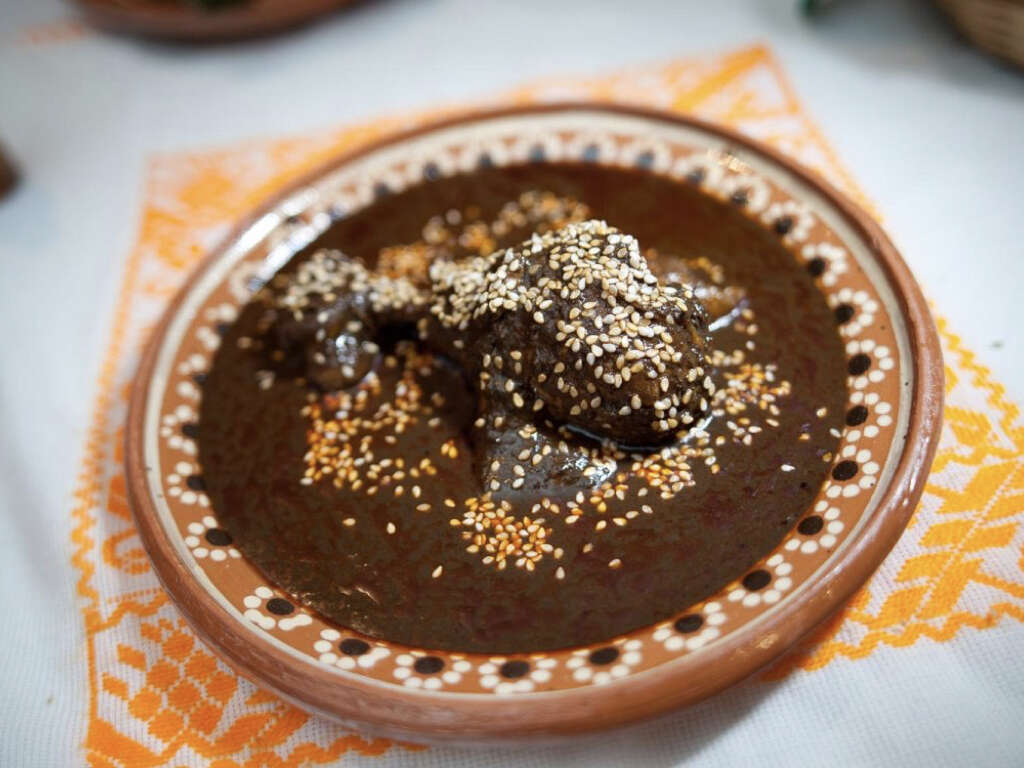What Is Mardi Gras?
Mardi Gras is a vibrant, colorful affair full of music and dancing. All are welcome to join in, including children, provided adults take care to make sure they are safe. Such is the popularity of the events that some people travel hundreds or even thousands of miles to take part.
Mardi Gras traditions can be traced back to the days of the ancient Roman Empire. It has changed a lot over the years and, while celebrations are still steeped in religious tradition, most people join in just for the fun. Here are some of the facts surrounding Mardi Gras and why you should get involved.
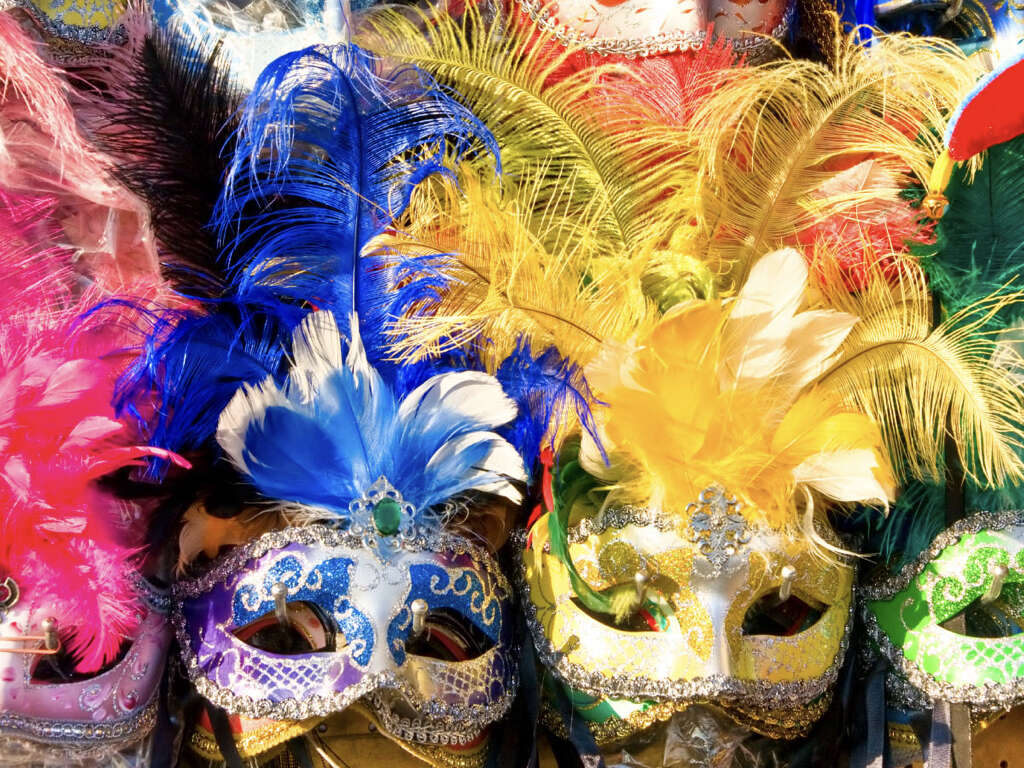
1. Fat Tuesday
Mardi Gras translates from French into English as “Fat Tuesday.” The name is used to signify the practice of eating fatty foods before lent. In days gone by, this would have been a more significant commitment because good nutrition was harder to come by. The occasion is also recognized in some other parts of the world, albeit with less enthusiasm. In Britain, for example, there is Shrove Tuesday, with “Shrove” meaning “to absolve.” There, it is casually known as Pancake Day because of the tradition of eating pancakes, although the pancakes are different than those usually enjoyed in the United States.

2. Mardi Gras is a Day
Mardi Gras is often associated with carnivals that go on for days, weeks or even months, and “going to the Mardi Gras” usually means that somebody is going to the whole event. This often means colorful floats, wonderful costumes, lots of music and dancing. Except that’s not quite what Mardi Gras is. Mardi Gras, to be specific, is only one day long, but the festivities have become increasingly longer over time.
Also, a lot of people no longer celebrate the occasion for its original meaning, but go along for the carnival atmosphere instead. Regardless of the reason you celebrate the occasion, there’s no reason why you can’t have a good time.

3. A National Holiday
We all need a break from time to time and governments around the world dedicate certain days of the year as holidays to allow workers to have a day off. One of the great things about state holidays is that friends and family are also off work, meaning you really get to make the most of it.
In some states, Mardi Gras has been declared a state holiday. In Louisiana, Mardi Gras has been a state holiday ever since the then Governor signed the Mardi Gras act in 1875. Remember that the occasion is not a state holiday in every state, however, so it is a good idea to check before making any plans.
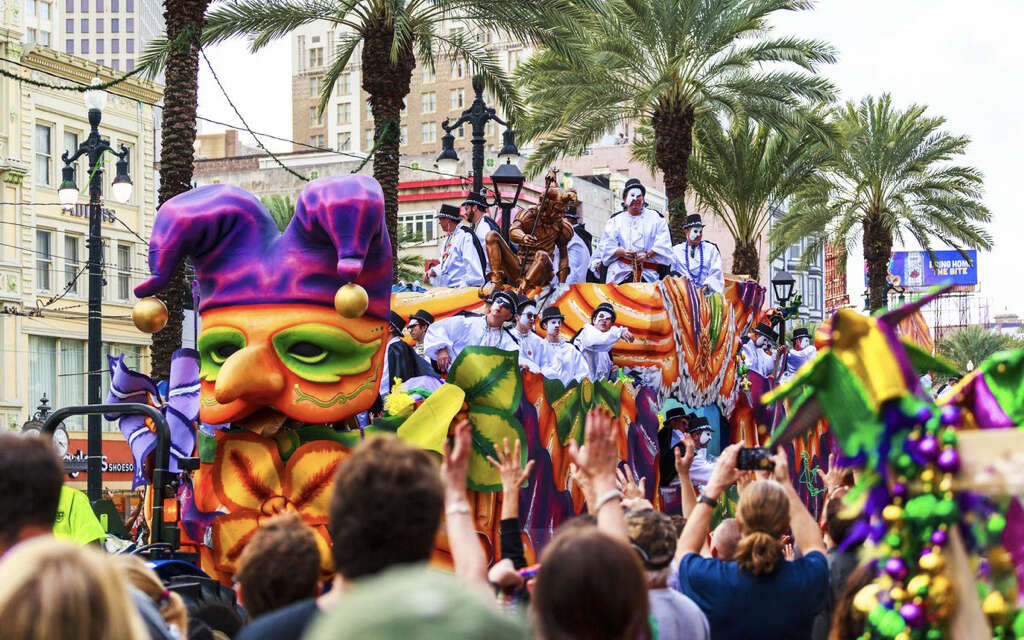
4. The Romans
A lot of what we have today came courtesy of the Roman Empire. The Roman Empire was one of the most powerful ever to have existed and its influence is still found today. The ancient Romans were the source of a lot of modern-day celebrations, and this might include Mardi Gras.
The Romans were very religious and worshipped various gods including Saturn, the god of wealth, plenty, fertility, and agriculture. Saturnalia was a festival that the ancient Romans held to honor Saturn. Originally, the festivities were more closely aligned with Christmas, and celebrations would continue on through to Ash Wednesday. Eventually, Mardi Gras became a celebration of its own.

5. America’s First Was in Alabama
In the United States, many people will head to Louisiana to celebrate Mardi Gras. This is because it is celebrated with enthusiasm there with the biggest and the best parades, and the city of New Orleans has become synonymous with the Mardi Gras for many people. Louisiana was not the first in the country to celebrate Mardi Gras, however.
The first Mardi Gras in the United States was actually held in Mobile, Alabama, in 1699, and the event is still celebrated with enthusiasm there today. The tradition was started thanks to a French-Canadian gentleman by the name of Pierre Le Moyne d’Iberville. He threw a party every year that got increasingly popular until it became the major celebration it is today.
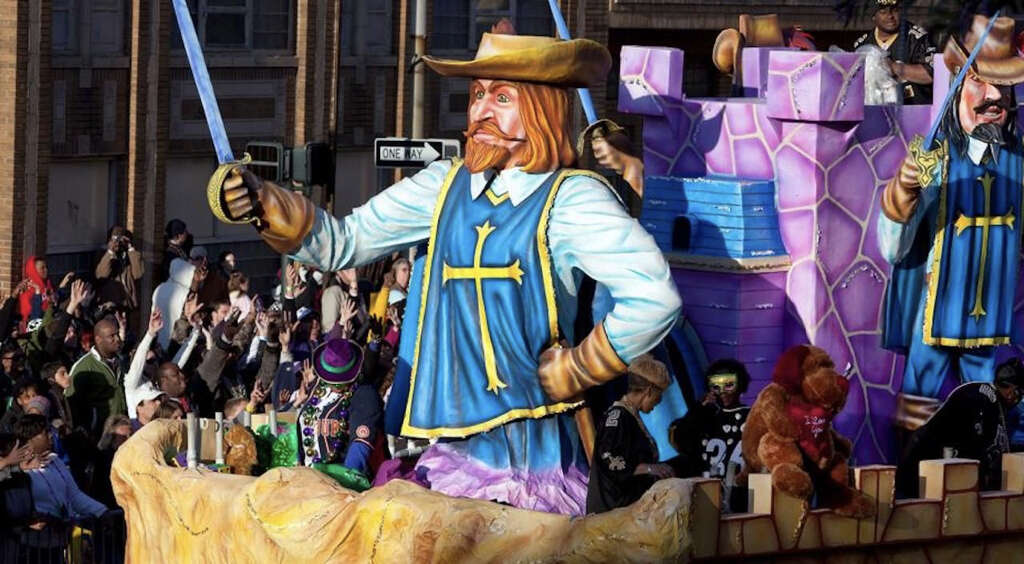
6. King Cakes
Many traditions and celebrations have certain foods associated with them and, in the case of Mardi Gras, that food is King cake. The exact recipe can vary, but King cakes are generally made with a bread-like dough and topped with colored sugar. In some countries, a puff-pastry is used and the cakes will have a figurine inside them. These cakes have a historic origin dating back to medieval times.
The cakes get their name because they were used to celebrate the 12th day of Christmas. This is the day that kings would have been bringing gifts to the newborn Jesus Christ, including the cakes that are now known as King cakes.

7. Different Krewes
The floats and other displays that are put on during Mardi Gras are usually very impressive. They take considerable thought and planning, as well as money, and there are “krewes” that build floats for each occasion. These are separate organizations that are responsible for individual floats.
Admission to the different Krewes varies. In most instances, admission will require just $20 or so to help finance the costs of the floats. Other Krewes have more stringent requirements, with some expecting thousands of dollars in order to become a member. Some Krewes might also expect you to get hands-on, such as helping with the construction of the float itself.
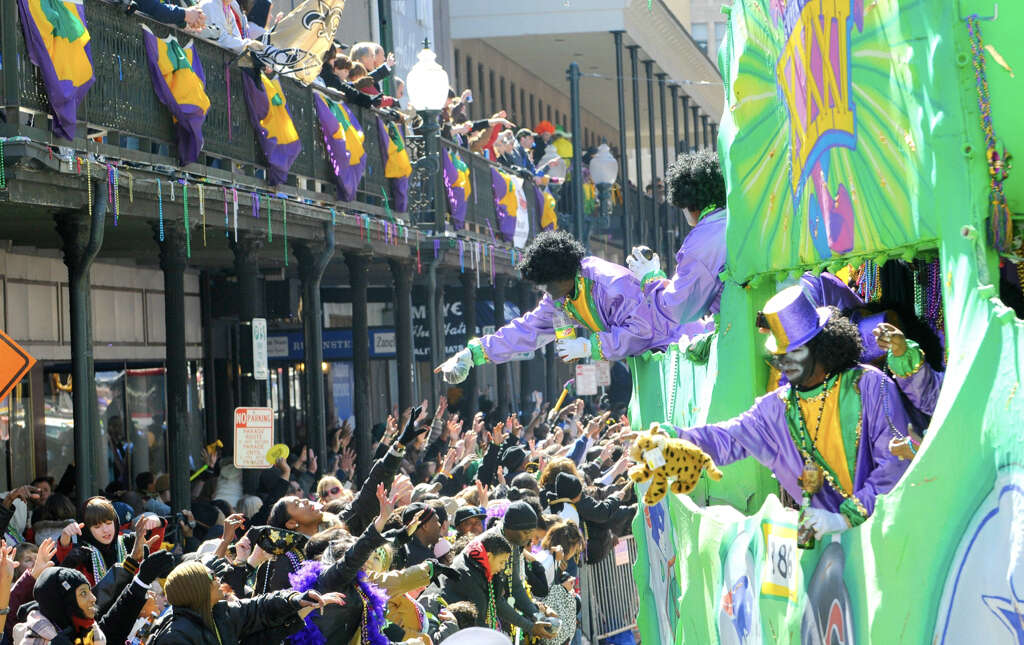
8. Good Enough for Royalty
Mardi Gras is a lot of fun and pretty much anybody can get involved. News of the festivities also travels far and wide, and people will often travel long distances in order to reach their closest Mardi Gras. Some people will travel very far indeed, including those at the highest levels of society.
In 1872, the Grand Duke Alexis Romanov Alexandrovich made the journey from Russia all the way to Louisiana, just because he wanted to take part in the fun. The Duke was the heir apparent to the throne but even for royalty, the journey would have been a long one, but that was not enough to stop him.

9. Throwing Beads
In American Mardi Gras celebrations, it is traditional for beads to be thrown to the watching crowds from the floats. These are strings of beads, the type which may be worn as necklaces or other jewelry. The beads used are typically gold, green, and purple, which are used to symbolize wealth, faith, and justice.
It is thought that the tradition was started in the 1880s when somebody dressed as Santa started throwing the beads to the crowds. The bead throwing caught on, and people continue to throw beads today. These beads are purchased in huge quantities and are usually imported from overseas.

10. Events Globally
Mardi Gras events in the United States are always a lot of fun, but it is not the only country it is celebrated in. It also celebrated in South America, in some European countries, and even as far as Russia. Perhaps the most enthusiastically celebrated of all Mardi Gras celebrations is in Brazil. Here, it is not just an annual event but a way of life for many people.
It is also during the Mardi Gras celebrations that around 70% of Brazil’s tourists arrive. It is something that should not be missed if you can make it there, although those events in the United States and elsewhere are also a lot of fun.
